Virtual exhibition makers for the web and virtual reality.
Ikonospace BV is a creative agency and software development startup specialized in providing high-end 3D, Augmented Reality and Virtual Reality solutions for museums, art galleries, artists, collectors and exhibition designers.
Today we speak with Joris Demnard, the founder of Ikonospace - a digital agency providing high-tech services for the art and cultural sector.
- Please tell us about your team. Who is responsible for what?
- We are a small but highly specialized multi-disciplinary team, which is what you need for the type of projects we work on.
About half of our team comes from the video-game industry and the other half from creative agency side.
Actually, I am the only self-taught out of the bunch but I was also lucky to grow up among art dealers and gallerists which explains a lot about the direction of our company. I think the first time my mother took me to Art Basel was when I was only 5 years old.
In our core team, we have Alexander, our lead Unity developer who is responsible for most of our Mobile and Virtual Reality applications.
Thomas is one of our senior 3D artist with more than 20 years of experience in 3D graphics and the video-game industry.
Manuel is our tech/art lead, who helps the 3D team with keeping up with the latest tools, technologies, and workflows so we stay competitive and ahead of the curve.
Olivier is another senior 3D artist with a strong background in the advertising and cinema industry, he handles many of our CGI movies and made a lot of our template galleries.
Joris - I'm a software designer of 3D web and immersive technologies. For many years I work in Art & Tech.
Darcey, is our lead Web Developer with more than 20 years of experience working for the likes of IBM, Apple, or Saatchi & Saatchi. He is responsible for all our web 3D technologies.
Felix is our Creative Director who also leads our branding and design endeavors for some of our largest clients, having worked with the likes of LVMH, Estee Lauder, and Richemont group.
Finally, the whole team is coordinated by Sara our super project manager who you can read about in half of our reviews on Google! She's been the lead in creating our template gallery shop and managing many of our big accounts.
About half of our team comes from the video-game industry and the other half from creative agency side.
Actually, I am the only self-taught out of the bunch but I was also lucky to grow up among art dealers and gallerists which explains a lot about the direction of our company. I think the first time my mother took me to Art Basel was when I was only 5 years old.
In our core team, we have Alexander, our lead Unity developer who is responsible for most of our Mobile and Virtual Reality applications.
Thomas is one of our senior 3D artist with more than 20 years of experience in 3D graphics and the video-game industry.
Manuel is our tech/art lead, who helps the 3D team with keeping up with the latest tools, technologies, and workflows so we stay competitive and ahead of the curve.
Olivier is another senior 3D artist with a strong background in the advertising and cinema industry, he handles many of our CGI movies and made a lot of our template galleries.
Joris - I'm a software designer of 3D web and immersive technologies. For many years I work in Art & Tech.
Darcey, is our lead Web Developer with more than 20 years of experience working for the likes of IBM, Apple, or Saatchi & Saatchi. He is responsible for all our web 3D technologies.
Felix is our Creative Director who also leads our branding and design endeavors for some of our largest clients, having worked with the likes of LVMH, Estee Lauder, and Richemont group.
Finally, the whole team is coordinated by Sara our super project manager who you can read about in half of our reviews on Google! She's been the lead in creating our template gallery shop and managing many of our big accounts.
 Alexander
Alexander
IvancenkoLead Unity developer Felix
Felix
TrunkCreative Director Manuel
Manuel
FarreTech/Art lead Joris DemnardFounder/CEO
Joris DemnardFounder/CEO
Software designer
 Olivier
Olivier
RulleauSenior 3D artist Darcey
Darcey
LloydLead Web Developer Sara
Sara
CerretoProject manager Thomas
Thomas
PasiekaSenior 3D artist
- Where did the idea of creating an agency come from? Was it difficult to start?
- Actually, I wasn't really planning to create an agency at all. I was working in Dubai at the time, in a very businessy, non-creative job.
For as far as I can remember I've been passionate about the art of making video games.
Somehow I was always more interested in the latest innovations around gameplay and graphics rather than actually playing them through.
At some point, this casual interest led me to dive in deeper and start playing with the tools instead of the games themselves, so I taught myself to 3D model and make prototypes in the Unity video engine that we still use today.
After a few years, I decided to quit my job and have a go at making a game as an indie developer.
I gave myself 6 months to see if I could do it, otherwise, I would find an office job again.
Exactly at the same moment, the Oculus DK1 Virtual Reality headset was launched on Kickstarter, it was the first really usable headset for an affordable price. I had no intention to make a VR game but ordered one out of curiosity.
This thing was really meant only for developers and in the beginning, there was hardly any content or games available, if you wanted to experience something, you had to make it, so that's what I did and how I fell into the Virtual Reality rabbit hole.
I then went to a few agencies working in the real estate sector showing some demos I did and quickly got my first gig where I was asked to build a 6x3m hologram for a mega project in Abu Dhabi, all controlled by hand gestures.
That's when I went to find my two first team members Alexander and Thomas to help me build this crazy project, with whom I still work today after almost 10 years.
After a few years of commercial and real estate projects in the UAE, I was longing to go back to Europe and focus more on the art and cultural heritage sectors. We had already produced one of the first 3D art galleries for the Custot Gallery in Dubai, as well as one of the first VR museums for the DSL Collection in 2016.
That's when we decided to incorporate Ikonospace in 2017 in Amsterdam and focus exclusively on this sector.
For as far as I can remember I've been passionate about the art of making video games.
Somehow I was always more interested in the latest innovations around gameplay and graphics rather than actually playing them through.
At some point, this casual interest led me to dive in deeper and start playing with the tools instead of the games themselves, so I taught myself to 3D model and make prototypes in the Unity video engine that we still use today.
After a few years, I decided to quit my job and have a go at making a game as an indie developer.
I gave myself 6 months to see if I could do it, otherwise, I would find an office job again.
Exactly at the same moment, the Oculus DK1 Virtual Reality headset was launched on Kickstarter, it was the first really usable headset for an affordable price. I had no intention to make a VR game but ordered one out of curiosity.
This thing was really meant only for developers and in the beginning, there was hardly any content or games available, if you wanted to experience something, you had to make it, so that's what I did and how I fell into the Virtual Reality rabbit hole.
I then went to a few agencies working in the real estate sector showing some demos I did and quickly got my first gig where I was asked to build a 6x3m hologram for a mega project in Abu Dhabi, all controlled by hand gestures.
That's when I went to find my two first team members Alexander and Thomas to help me build this crazy project, with whom I still work today after almost 10 years.
After a few years of commercial and real estate projects in the UAE, I was longing to go back to Europe and focus more on the art and cultural heritage sectors. We had already produced one of the first 3D art galleries for the Custot Gallery in Dubai, as well as one of the first VR museums for the DSL Collection in 2016.
That's when we decided to incorporate Ikonospace in 2017 in Amsterdam and focus exclusively on this sector.
- How are you different from the analogs?
- I don't believe digital is here to replace the real world but I rather see it as an extension.
Humans are wired to want to see the real objects, if possible touch it, and collect it. I remember the first time I bought a piece of art from my dear friend Allan Bestle, I was almost shocked when he started caressing it and invited me to touch it to show me some parts.
The museum and gallery experience discourages you from having any intimate relationship with an artwork. There are always many people around, and you feel a bit pressed to use your ticket and go through most of the collection versus really spending time to assimilate a piece, and of course, forget about touching it.
For many years, technology still wasn't ready to offer compelling and realistic experiences. Digitizing 3D objects was expensive, most mobile and computers struggled to offer real-time 3D experiences.
This is all changing now, at an exponential speed. Artificial intelligence for example is dramatically changing the way we work, accelerating production time, lowering costs, reducing performance requirements of machines needed, etc…
At the same time, modern hardware is catching up and most research and development in the tech industry is greatly focused on delivering high-quality, interactable, multi-user, and immersive experiences. What is now very hyped as the Metaverse, but essentially the next step for internet.
If you take the Louvre museum, for example, only 5% of its collection is accessible to the public which is really sad not only for culture enthusiasts but also for researchers. Once you are there, it's also not always the best experience due to large crowds or protecting equipment. This is really where I think digital experiences can support, by democratizing access to those collections, preserving our cultural heritage, and giving a new life and meaning to artifacts by providing better context and storytelling.
Humans are wired to want to see the real objects, if possible touch it, and collect it. I remember the first time I bought a piece of art from my dear friend Allan Bestle, I was almost shocked when he started caressing it and invited me to touch it to show me some parts.
The museum and gallery experience discourages you from having any intimate relationship with an artwork. There are always many people around, and you feel a bit pressed to use your ticket and go through most of the collection versus really spending time to assimilate a piece, and of course, forget about touching it.
For many years, technology still wasn't ready to offer compelling and realistic experiences. Digitizing 3D objects was expensive, most mobile and computers struggled to offer real-time 3D experiences.
This is all changing now, at an exponential speed. Artificial intelligence for example is dramatically changing the way we work, accelerating production time, lowering costs, reducing performance requirements of machines needed, etc…
At the same time, modern hardware is catching up and most research and development in the tech industry is greatly focused on delivering high-quality, interactable, multi-user, and immersive experiences. What is now very hyped as the Metaverse, but essentially the next step for internet.
If you take the Louvre museum, for example, only 5% of its collection is accessible to the public which is really sad not only for culture enthusiasts but also for researchers. Once you are there, it's also not always the best experience due to large crowds or protecting equipment. This is really where I think digital experiences can support, by democratizing access to those collections, preserving our cultural heritage, and giving a new life and meaning to artifacts by providing better context and storytelling.
- What outstanding technologies and approaches help you to stand out?
- User experience and high graphic fidelity have always been our two main driving forces. We invest heavily in Research and Development and only really release technologies if we feel we can keep the highest standards in those two areas.
It took us a very long time for example to start offering 3D experiences for the web. Coming from an app background, the web was always too restrictive. High quality always meant long loading times or slow navigation, something that is still plaguing many of the virtual exhibition experiences out there. It took us almost 3 years to get to the stage where we were happy to release galleries and museums for the web. To give you an idea, when we were making a gallery for an app, it could weigh up to 100-150MB. Nowadays, we manage to get it all, with lighting and textures included under 5-10MB, reducing loading speed to a few seconds only.
That is our magic sauce.
It took us a very long time for example to start offering 3D experiences for the web. Coming from an app background, the web was always too restrictive. High quality always meant long loading times or slow navigation, something that is still plaguing many of the virtual exhibition experiences out there. It took us almost 3 years to get to the stage where we were happy to release galleries and museums for the web. To give you an idea, when we were making a gallery for an app, it could weigh up to 100-150MB. Nowadays, we manage to get it all, with lighting and textures included under 5-10MB, reducing loading speed to a few seconds only.
That is our magic sauce.
- In your work, art is closely connected with technology, is it difficult to maintain this dialogue?
- It took a very long time for the art and cultural sector to break from the brick-and-mortar business model and start embracing technology. Obviously, going through a pandemic was a big shock for everyone relying solely on physical exhibitions and art fairs.
Many turned to the virtual space as salvation without really understanding the field and going for the first solutions that catches their eye. So we saw some successes but also a lot of fatigue coming from subpar experiences.
The recent NFT bubble also made a lot of tech investors interested in the art field which was far from being a thing just a couple of years ago.
This is very reminiscent of the internet bubble at the end of the 90s.
Digital exhibitions and NFTs are here to stay and we are still in the very early stages of those emergent technologies.
The Metaverse or Web 3.0 is now also very hyped and companies are pouring Billions into it while most people are still wondering where or what it really is.
Many of the largest tech companies are only now trying to create universal frameworks so all can be interoperable. In the short future, companies will own a piece of the Metaverse just as they own a piece of the internet with their websites. For this to happen, we need universal standards for everything. For example, it's only been a month now since it was agreed that USD (Universal Scene Description) would become the standard for 3D assets. This is very important. For the internet to become what it is today we had to agree on the common use of HTML and Hyperlinks. The same must happen for the metaverse or else we will just have wall-gardened experiences.
On the other hand, we like to not only showcase art but also be intrinsically involved in its creation so we help artists to use this new medium.
We've been taking artists in residence, mostly coming from craft and fine art, helping them make immersive VR installations and experiences. We recently worked on multiple projects with Evelyn Bencicova that got a lot of attention and even earned us a few awards.
Now we are working on another VR installation with Marlene Bart in collaboration with the Natural History Museum in Berlin, which is also super exciting for us.
Many turned to the virtual space as salvation without really understanding the field and going for the first solutions that catches their eye. So we saw some successes but also a lot of fatigue coming from subpar experiences.
The recent NFT bubble also made a lot of tech investors interested in the art field which was far from being a thing just a couple of years ago.
This is very reminiscent of the internet bubble at the end of the 90s.
Digital exhibitions and NFTs are here to stay and we are still in the very early stages of those emergent technologies.
The Metaverse or Web 3.0 is now also very hyped and companies are pouring Billions into it while most people are still wondering where or what it really is.
Many of the largest tech companies are only now trying to create universal frameworks so all can be interoperable. In the short future, companies will own a piece of the Metaverse just as they own a piece of the internet with their websites. For this to happen, we need universal standards for everything. For example, it's only been a month now since it was agreed that USD (Universal Scene Description) would become the standard for 3D assets. This is very important. For the internet to become what it is today we had to agree on the common use of HTML and Hyperlinks. The same must happen for the metaverse or else we will just have wall-gardened experiences.
On the other hand, we like to not only showcase art but also be intrinsically involved in its creation so we help artists to use this new medium.
We've been taking artists in residence, mostly coming from craft and fine art, helping them make immersive VR installations and experiences. We recently worked on multiple projects with Evelyn Bencicova that got a lot of attention and even earned us a few awards.
Now we are working on another VR installation with Marlene Bart in collaboration with the Natural History Museum in Berlin, which is also super exciting for us.
The team is also known for recreating some of the best digital copies of 3D artworks and web galleries in the industry.
- How long does it take to create a gallery? What are you working on the longest?
- It really depends on the gallery we are building, whether we are recreating an existing space or we design a new gallery from scratch.
For spaces that are not based on real locations, like our premade template galleries, they first go through our creative team that will make quick iterations or concept art before moving it to production.
A 3D artist then models the space, works on material and lighting, and at the end, we have the technical artist that takes care of optimization and integration into the different engines. On average a new gallery will take 2 to 3 weeks of work, as it goes through these different stages of production.
Up to now, our longest projects have been the re-creation of the apartments of the famous German impressionist artist Max Liebermann for the Stiftung Brandenburger Tor in Berlin as it pushed us to recreate more than 100 pieces of furniture and artworks from the 1900s.
The second one was to create a digital exhibition for the LOEWE Craft Prize 2021 in collaboration with Cheerful Twenty First and LOEWE.
The longest part there was to create very accurate digital copies of 30 art installations using a mixture of digitizing methods, as well as remodeling the nave, which is the grand hall of the Musee des Arts Decoratifs in Paris. Both projects took between 3 to 4 months to complete.
For spaces that are not based on real locations, like our premade template galleries, they first go through our creative team that will make quick iterations or concept art before moving it to production.
A 3D artist then models the space, works on material and lighting, and at the end, we have the technical artist that takes care of optimization and integration into the different engines. On average a new gallery will take 2 to 3 weeks of work, as it goes through these different stages of production.
Up to now, our longest projects have been the re-creation of the apartments of the famous German impressionist artist Max Liebermann for the Stiftung Brandenburger Tor in Berlin as it pushed us to recreate more than 100 pieces of furniture and artworks from the 1900s.
The second one was to create a digital exhibition for the LOEWE Craft Prize 2021 in collaboration with Cheerful Twenty First and LOEWE.
The longest part there was to create very accurate digital copies of 30 art installations using a mixture of digitizing methods, as well as remodeling the nave, which is the grand hall of the Musee des Arts Decoratifs in Paris. Both projects took between 3 to 4 months to complete.
- Tell us how you plan to develop in the future?
- Today we are witnessing the birth of web 3.0 or the Metaverse. This means that the digital world will gradually move from something we've always known to be experienced through a screen to a fully spatial and immersive experience.
This is exactly what the art and cultural sector needed to embrace digitization and hopefully, finally become leaders in the next web.
Our goal always has been to be at the forefront of this evolution. We want to offer the right tools for artists and cultural institutions to truly have an impact in this new hyper-connected phygital world.
So our first logical step is the development of our own 3D web exhibition platform for which we've been in active development over the last few months. While there are quite a few good solutions out there, we think we can offer more polished experiences that are more natural to interact with and provide next-gen graphics. Our goal is to launch it in early 2023 so stay tuned for that.
This is exactly what the art and cultural sector needed to embrace digitization and hopefully, finally become leaders in the next web.
Our goal always has been to be at the forefront of this evolution. We want to offer the right tools for artists and cultural institutions to truly have an impact in this new hyper-connected phygital world.
So our first logical step is the development of our own 3D web exhibition platform for which we've been in active development over the last few months. While there are quite a few good solutions out there, we think we can offer more polished experiences that are more natural to interact with and provide next-gen graphics. Our goal is to launch it in early 2023 so stay tuned for that.
- What made you want to participate in Fuelarts x Tezos Accelerator 2023?
- Over the last few years, our client base has grown from traditional art galleries, artists, and art institutions to a rapidly growing client base coming from the Web3 and NFT space.
Having a front-row seat in this fast-growing market helped us understand many of our clients' needs and pay attention to the development of new platforms in the space.
Fuelarts x Tezos 2023 accelerator came at the perfect time as we were looking into building our new platform. What was most important for us was to be part of an accelerator in the niche we were in, that understood the tech-art market perfectly. Fuelart accelerator was therefore not only the perfect match but maybe the only match at this stage of our project.
The collaboration with Tezos this year was a godsend. As our platform is very much focused on the digital and NFT space, getting support and mentorship from such a respected institution in the Art NFT space was a no brainier.
From what we've witnessed, Tezos has been from the start the best blockchain for the art community. Not only thanks to its technology but also through its diverse programs to support this new and growing field. From the beginning we knew it would be the blockchain of choice for our platform and getting direct contact and visibility through this program with their teams is exactly what we needed to kick-start our project in the right environment.
Having a front-row seat in this fast-growing market helped us understand many of our clients' needs and pay attention to the development of new platforms in the space.
Fuelarts x Tezos 2023 accelerator came at the perfect time as we were looking into building our new platform. What was most important for us was to be part of an accelerator in the niche we were in, that understood the tech-art market perfectly. Fuelart accelerator was therefore not only the perfect match but maybe the only match at this stage of our project.
The collaboration with Tezos this year was a godsend. As our platform is very much focused on the digital and NFT space, getting support and mentorship from such a respected institution in the Art NFT space was a no brainier.
From what we've witnessed, Tezos has been from the start the best blockchain for the art community. Not only thanks to its technology but also through its diverse programs to support this new and growing field. From the beginning we knew it would be the blockchain of choice for our platform and getting direct contact and visibility through this program with their teams is exactly what we needed to kick-start our project in the right environment.
- What exactly motivates you the most in acceleration?
- Accelerators are an essential part of the building and growth of startups. It is very difficult for small teams to be able to formulate, fund, and test their ideas at early stages and therefore can reduce the incubation phase from 12-18 months to only 3.
The main motivation for us is to be able to test and get early feedback from industry experts. This not only allows us to narrow down our vision to the most important parts of our business but also learn from a deep pool of experts. Being 2 months into the program already allowed us to pivot slightly our initial concept into building something that we think is now much stronger with bigger scalability.
It is also always a challenge for founders to focus on building while finding new potential partners and early investors. Being part of this accelerator has exponentially grown our network already and we can't wait to get out there and bring our part in making this sector grow and give back to this incredibly exciting community.
The main motivation for us is to be able to test and get early feedback from industry experts. This not only allows us to narrow down our vision to the most important parts of our business but also learn from a deep pool of experts. Being 2 months into the program already allowed us to pivot slightly our initial concept into building something that we think is now much stronger with bigger scalability.
It is also always a challenge for founders to focus on building while finding new potential partners and early investors. Being part of this accelerator has exponentially grown our network already and we can't wait to get out there and bring our part in making this sector grow and give back to this incredibly exciting community.
